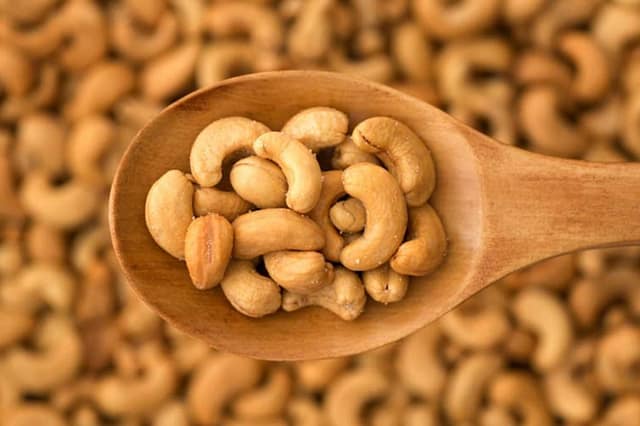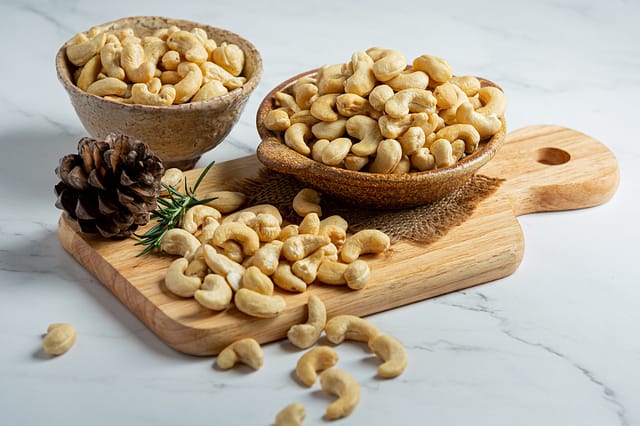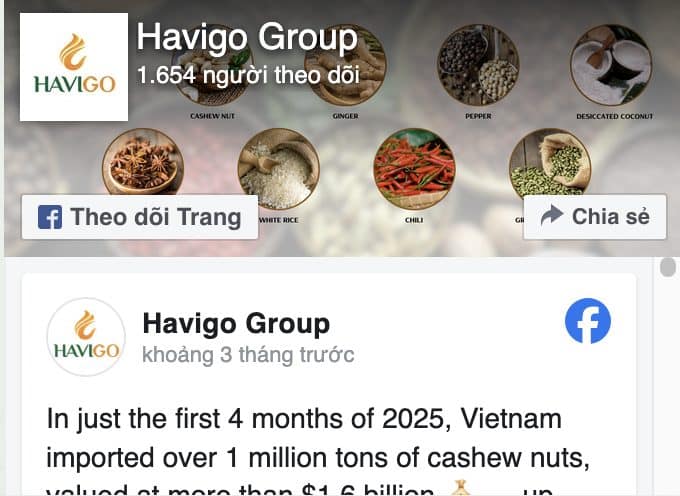Recently, Vietnam has proved itself as a leading exporter of dried ginger in the global market. The mountainous area in Vietnam benefits from the harmony of nature. It includes tropical temperatures, distinct wet and dry seasons, and well-drained, fertile soil. So, the ideal growing conditions in mountainous regions can lead to high yield and quality for fresh ginger. From fresh ginger, people can make dried ginger for long preservation. When processing this product, there are 2 methods of drying: traditional and modern. In this post, we will explore the process of making dried ginger in Vietnam to understand why people highly appreciate this spice.
1. Harvesting Fresh Ginger
Initially, the production process for Vietnamese dried ginger begins with harvesting ginger roots. Ginger is typically harvested at its peak maturity, around 8-9 months old. The ginger root (the rhizome) boasts the most concentrated flavor and aroma. After harvesting, farmers remove the roots and leaves carefully. Then the ginger roots undergo a thorough washing process to ensure they are free of dirt and debris before moving on to the drying stage.
2. Process Dried Ginger: Traditional and modern methods
Sun drying method
Traditionally, Vietnam ginger is sun-dried. This method involves spreading the washed ginger in direct sunlight. Even drying is crucial, so people need to turn the ginger regularly throughout the process. While sun-drying produces a high-quality product, it has limitations. The drying time is highly dependent on weather conditions, and there’s a risk of contamination from dust or insects. People keep drying ginger until it reaches the desired moisture, normally about 13%.

Machine drying method
Modern drying methods offer an alternative to sun-drying. Mechanical dryers utilize controlled temperature and airflow to remove moisture from the ginger quickly and efficiently. This method offers several advantages, including faster drying times and a more controlled environment that minimizes the risk of contamination. However, mechanical drying also comes with drawbacks, such as higher energy consumption and the initial investment cost when purchasing and maintaining the dryers.

An additional step to process Dried Ginger
Some producers may include an additional step after drying, which involves peeling and slicing the ginger. Therefore, there are whole dried and sliced dried ginger. This step creates a product that is ready to use in various culinary applications. Finally, people package dried ginger in suitable containers, such as sacks or cartons, for storage and distribution. Proper storage in a cool, dry place is essential to maintain the quality and shelf life of the dried ginger.
Conclusion
Dried ginger follows a process that starts with harvesting mature ginger, progresses through drying (either traditional or modern drying), and additional steps like peeling and slicing. The position of Vietnam’s exports is due to a combination of factors. It includes ideal growing conditions, efficient drying methods, and maintaining the quality of the ginger throughout the process.
Havigo Company Limited operates in the field of agricultural export. We wish to bring high-quality Vietnamese agricultural products such as spices, rice, beans, and fruits… to the world. We supply you with high-quality products at the best price. If you find interest in importing Dried Ginger from Vietnam, please contact us for better support via WhatsApp: +84 979 58 58 56.







